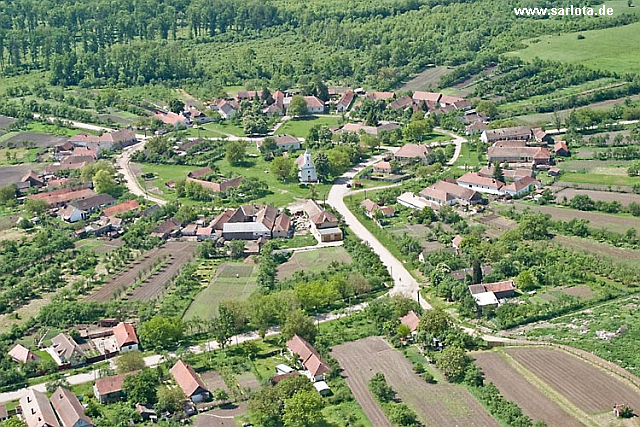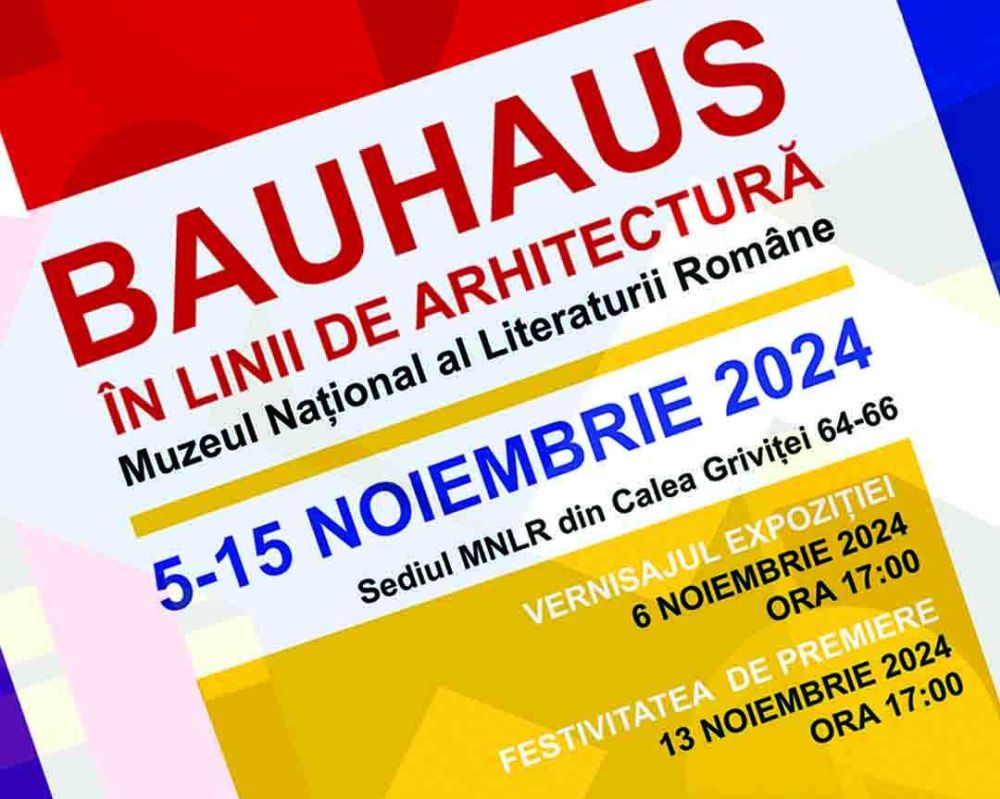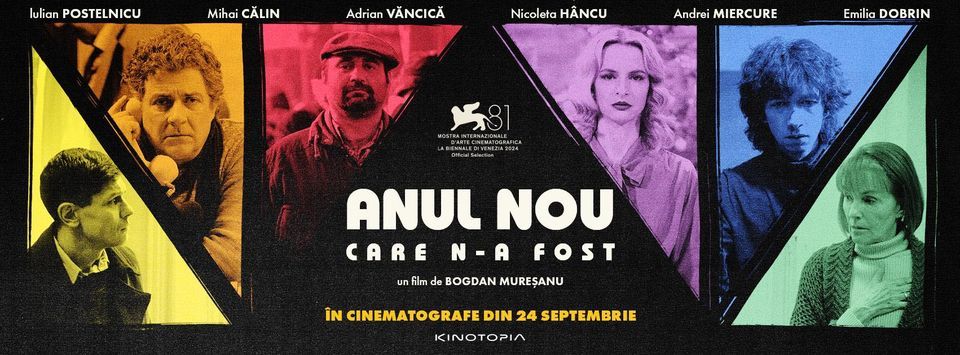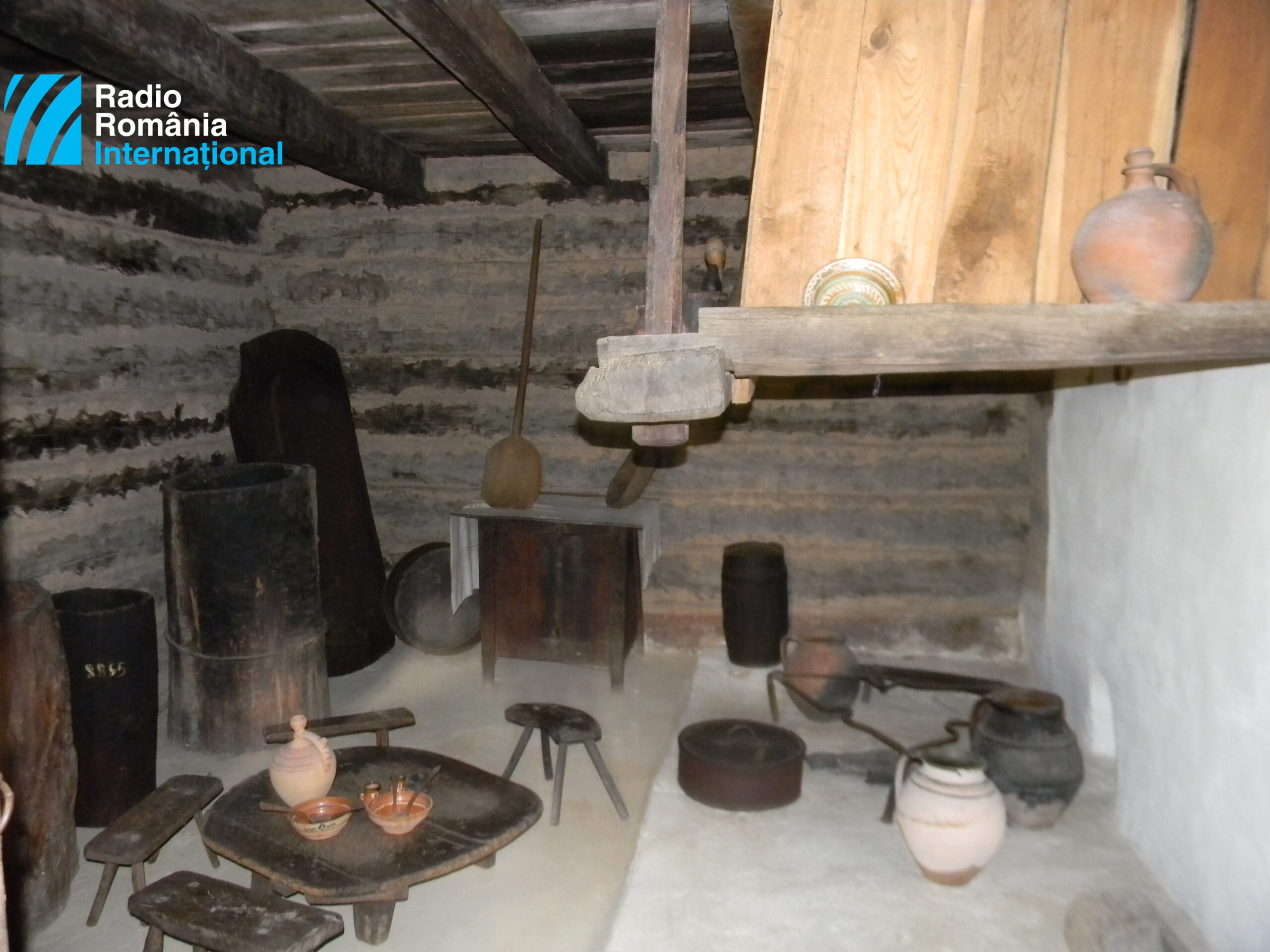Charlottenburg, the round village of Transylvania
Located 50 km away from the western city of Timisoara, Charlottenburg is the only round village in the country.

România Internațional, 09.02.2014, 13:28
The colonisation of Banat in the 18th century was a wide-scale operation planned in the smallest detail by the Austrian administration. The symmetry dominating the design of entire villages, towns and streets reflect the controlled approach to architecture and town planning at the time.
Located 50 km away from the western Romanian city of Timisoara, Charlottenburg is the only round village in the country. It was founded around 1770 by 30 families of Swabians who came to the region as part of the second wave of settlers from Baden Wurttenberg from Lorraine and South Tyrol, in Germany during the time of Empress Maria Theresa. Historians say these families brought with them the plans to build their round village.
“In the middle of the village there is a covered well with very good water. Around the well there is a plantation of mulberry trees behind which there lie the houses, with the stables and the haystacks in the back and the vineyards farther away. Every house is just as tall as the next and they all lie at exactly the same distance from one another, while their style is perfectly symmetrical. The four entrances to the village are also symmetrical, being found at precisely the same distance from one another”. This is how the village of Charlottenburg was described on the 5th of March 1779 by Johann Kaspar Steube, the author of a book entitled “Letters from Banat.”
The history of the village does not differ much from that of the entire region. Depending on who ruled over the area, the village was alternately owned by Hungarians and Austrians until 1921, when villagers were given their own land under an agricultural reform. In early 20th century, a hunting area was created near Charlottenburg, with fallow deer from Serbia and red deer brought from Bohemia. The founder of the hunting grounds, count Sigfried von Wimpffen, and his guests would often hunt there, and later also the Romanian royal family, the Russians soldiers after the war, Romania’s communist dignitaries and today groups of amateur hunters from around Europe who come here to hunt wild boars, deer, foxes, wolves, hares, bustards and quails.
The community continued to be relatively closed, until after WW2, when part of the village men did not return home. Also in 1954, 43 of them were sentenced to forced labour and deported to the USSR. The village also went through collectivisation, when the locals’ land was nationalised and all peasants were forced to work in Agricultural Production Cooperatives.
On his website sarlota.de, one of the villagers, Erhard Berwanger, describes the atmosphere of Charlottenburg in the 1960s: “I remember the Day of Prayer, held at the end of October, as the most important holiday of the year. It was the day when the family gathered together to celebrate and enjoy a rich meal that always included chicken soup, horseradish sauce and steak. But this was by no means an idyllic type of life. People used to work hard and take a break only on Sundays and during religious holidays. The most beautiful time was when lime trees were in bloom, perfuming the whole village with their sweet scent. The smell of freshly cut grass was equally beautiful. Deer grunts could be heard at sunset. When fall came, the gardens used to be invaded by wild boars and crops had to be protected. Noisy carbide cannons were used to scary wild boars away. Another method to keep wild animals away was to sit by the fire, in front of the straw hut. I remember my uncle Phillipp on such occasions, telling stories about how things used to be in the past, about his deportation to Russia, about the two years he spent in Germany and about his trip home, to Charlottenburg.”
There is only one Swabian who continues to live in Charlottenburg today. Mircea Sarbu is an official with the Bogda village, which Charlottenburg is a part of. We asked him what happens with the Swabian community in the village:
“After 1990, the number of German families has dropped dramatically, and today there is just one German who lives in the village. He did not want to leave, as he is quite old. The houses sold by the Swabians have been bought by people from Timisoara, mostly intellectuals, artists. They refurbished the houses and are now living there during summer and at the weekends There are no guest houses in Charlottenburg, only in Altringen, the neighbouring village. But the roads are good, it’s not difficult to get there.”
Charlottenburg is the only village built in the shape of a circle on the territory of present-day Romania. That is why the Ministry of Culture and Religious Denominations has declared it a historical monument, Mircea Sarbu explained:
“The village enjoys special status and by law, all economic activities and building works may only be carried out with the approval of the Ministry of Culture.”
Today, the village looks very much like an apple. The church and the school stand in the middle, the symbolic core of a community living in houses that make an almost perfect circle. 199 permanent workers keep the village alive when city dwellers are not there to visit. There is a train stop some 2 km from the village and people have access to mobile telephony. This is not a tourist village, and they say one needs some 20,000 euros to build a house there, provided the municipality agrees.






























